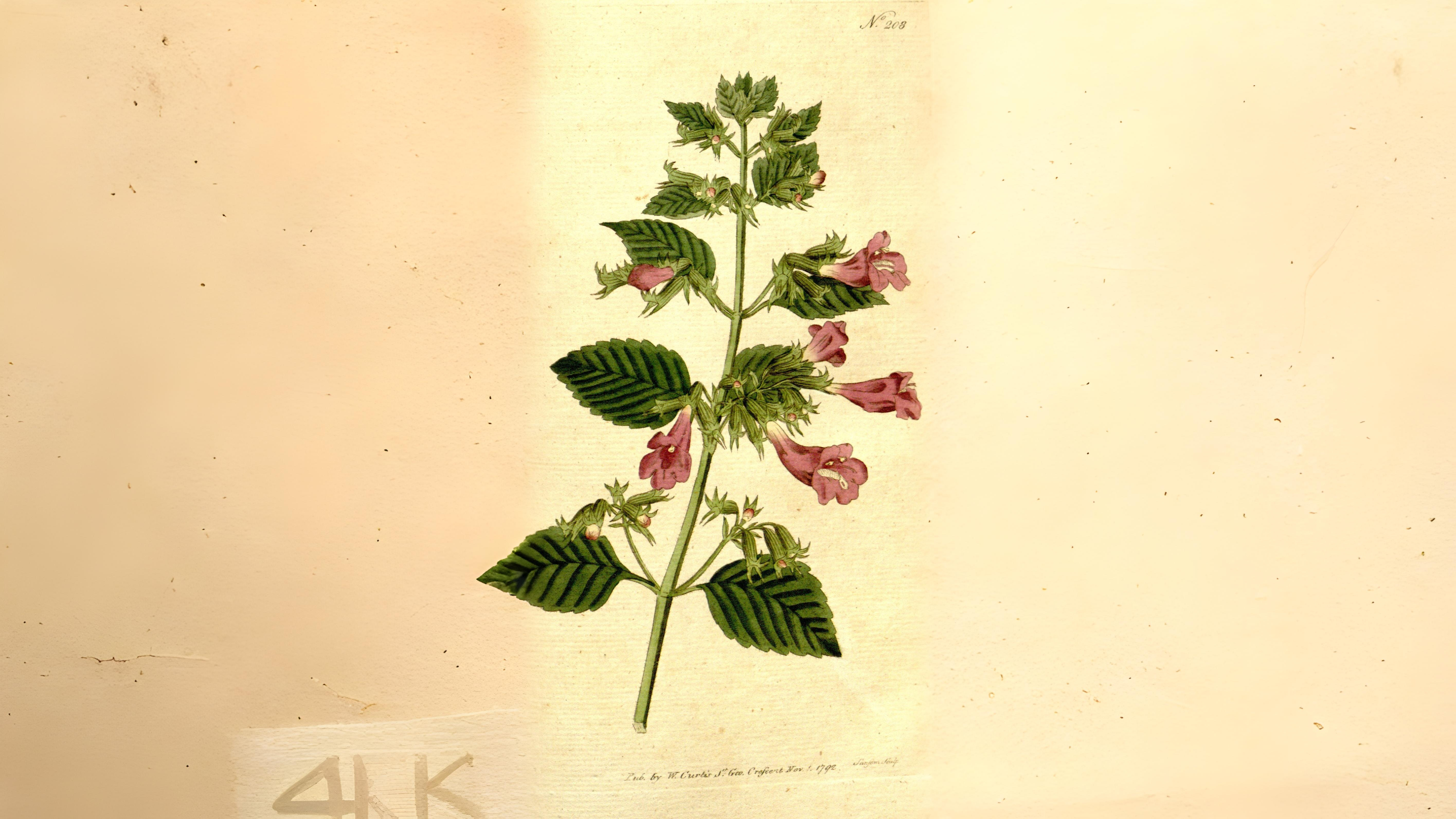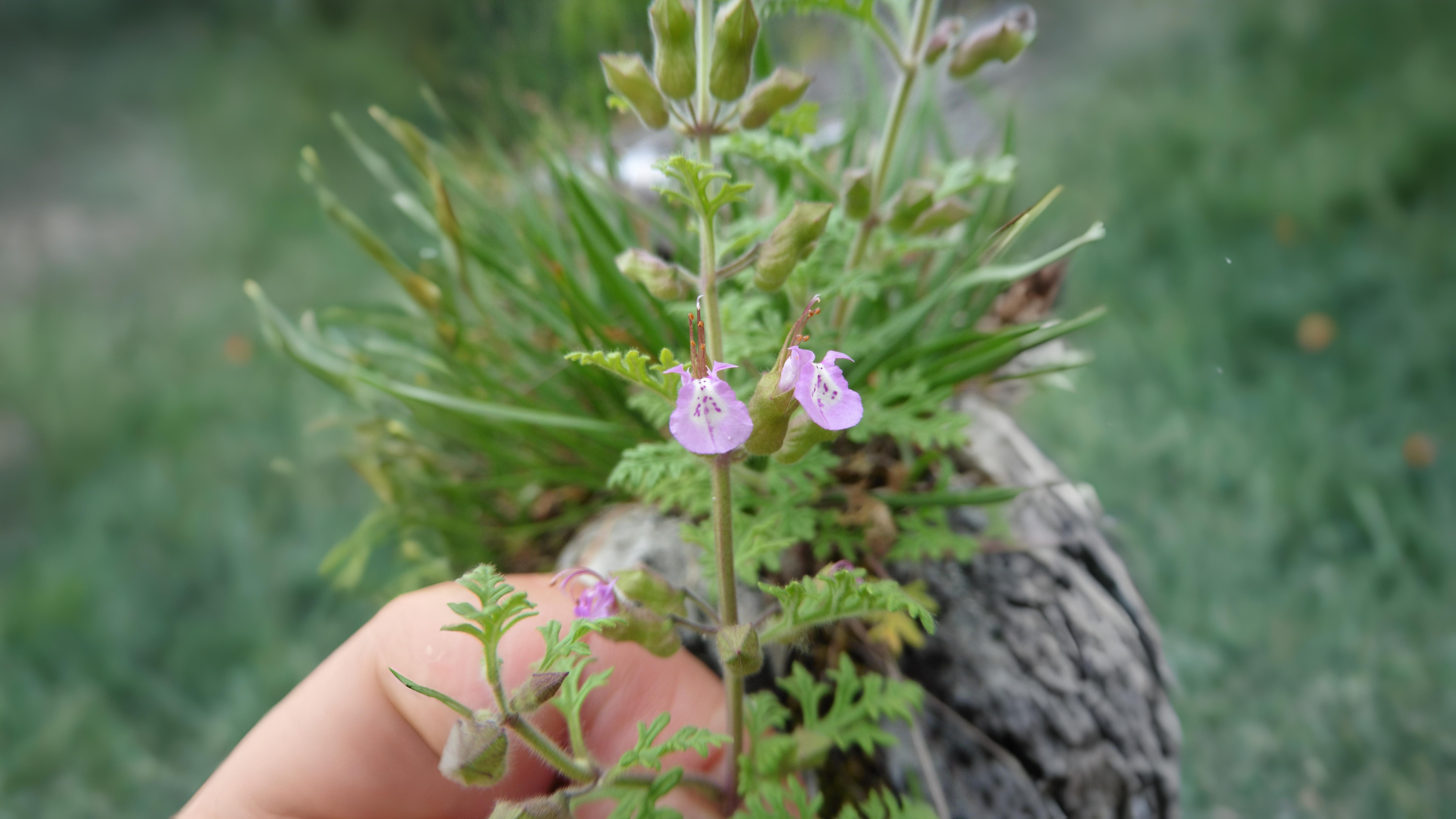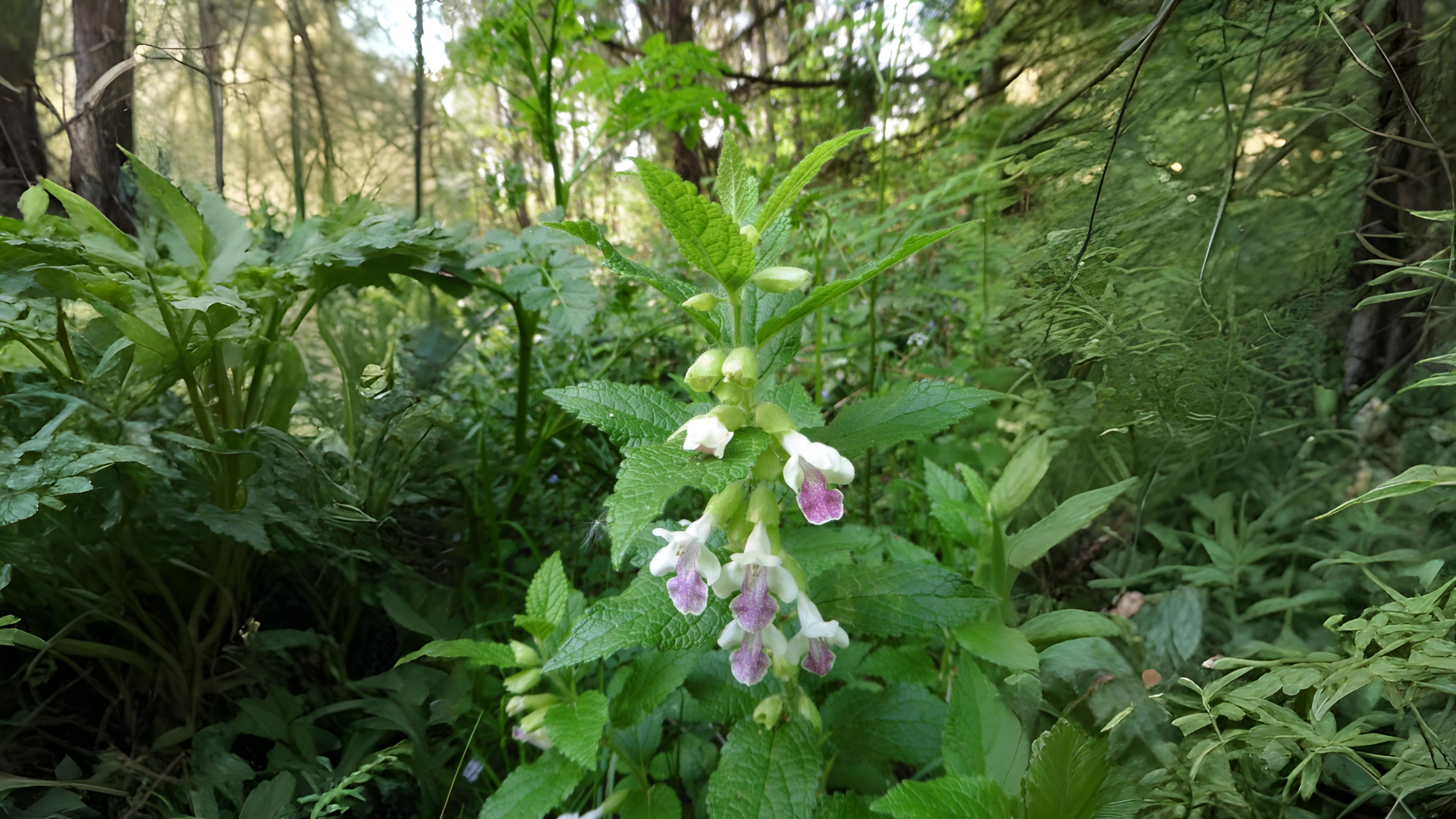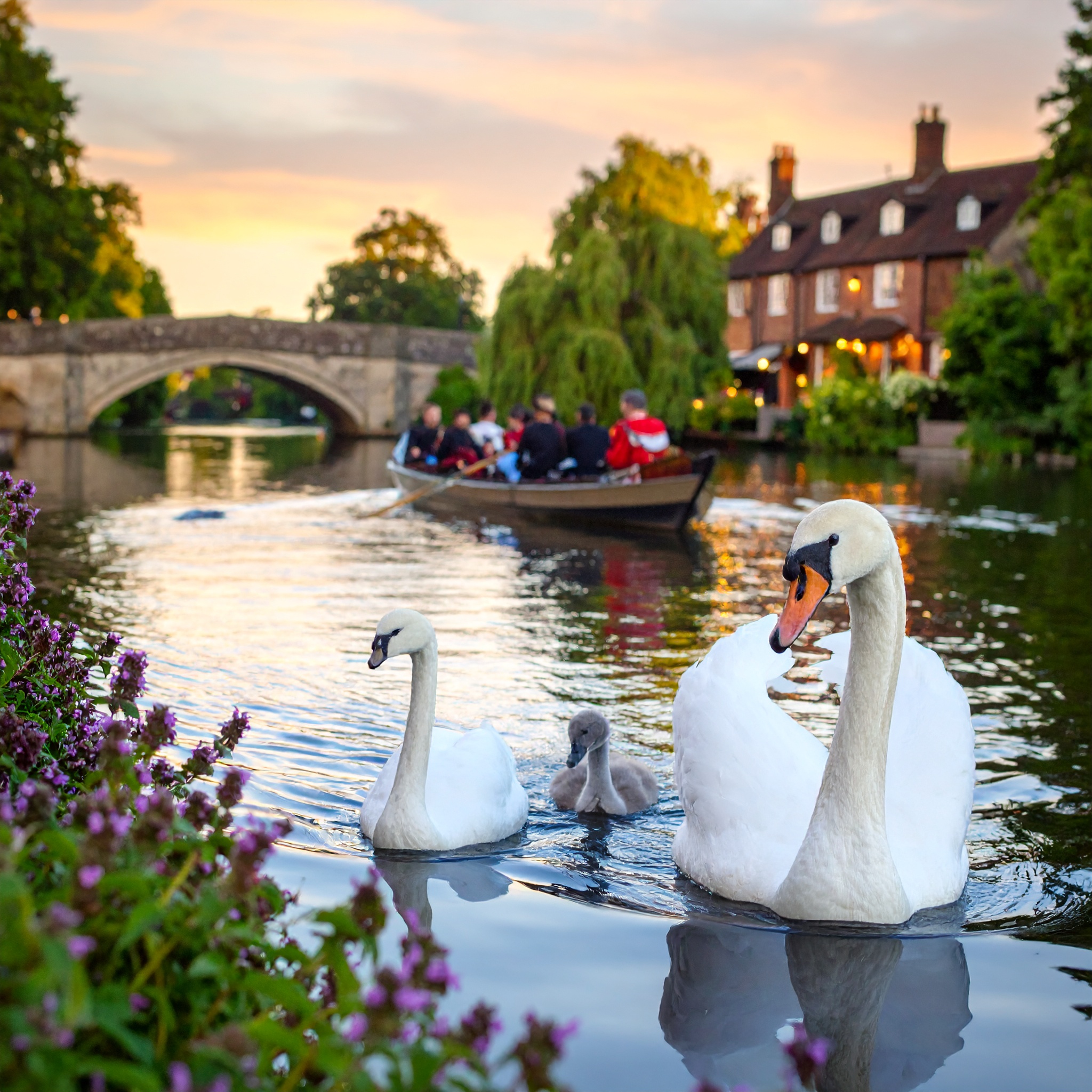
This week, the Thames comes alive with a centuries-old royal tradition: Swan Upping, where cygnets are marked for the Crown and ancient livery companies. But that’s just the beginning. Return on 12 July to uncover the forgotten healing herbs of London—woundworts that staunched medieval bloodshed, calamints that warded off mythical basilisks, and the city’s rarest plant, the jewel-like cut-leaved germander. Don’t miss this blend of history and botany!
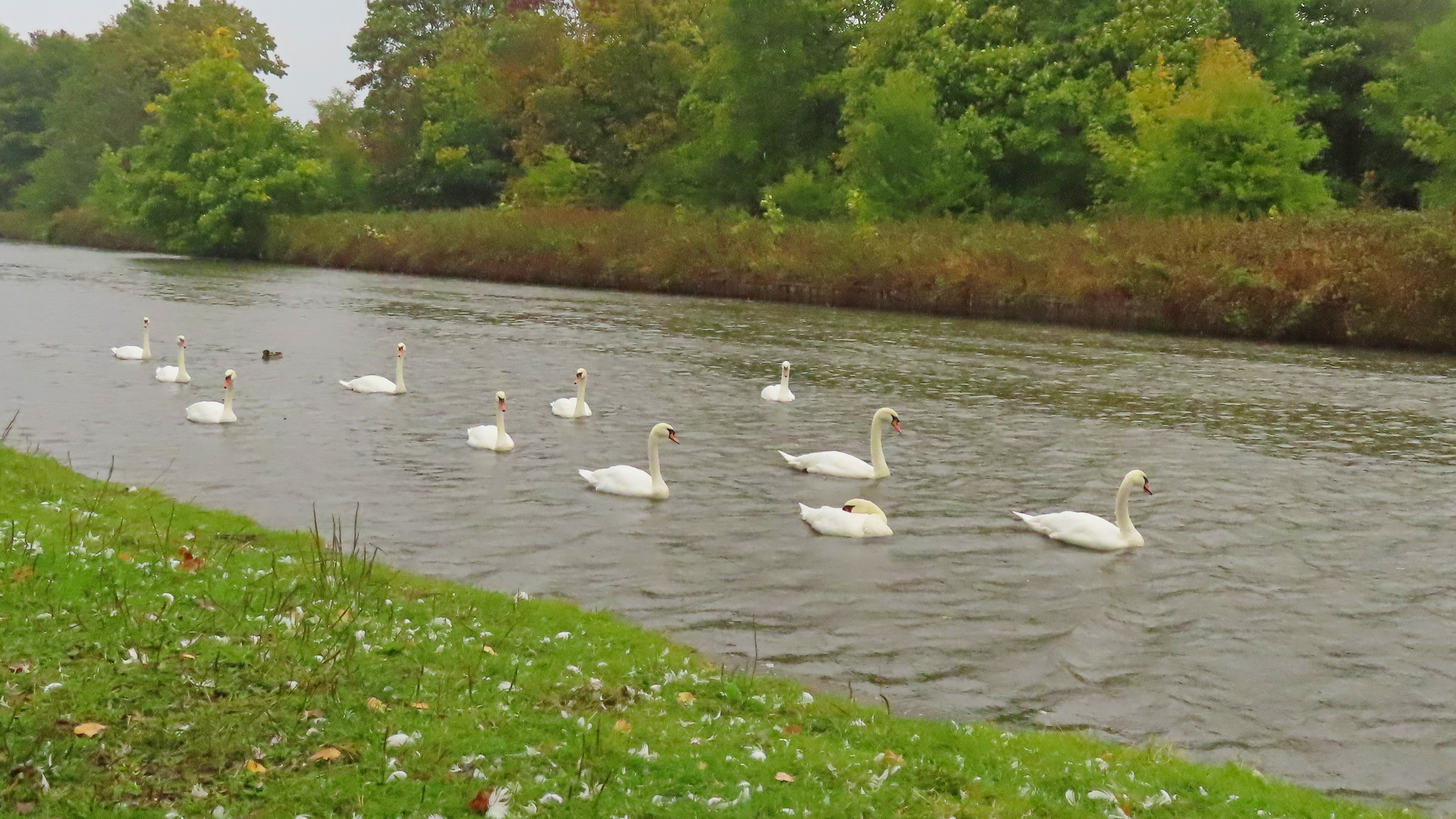

sight of a swan unable to lift its neck is fortunately an image of the past, and flotillas of swans making synchronised movements with their cygnets along the Thames can be seen again. Although they are called ‘mute’ both the cob and the pen can hiss, grunt, growl and even snort.
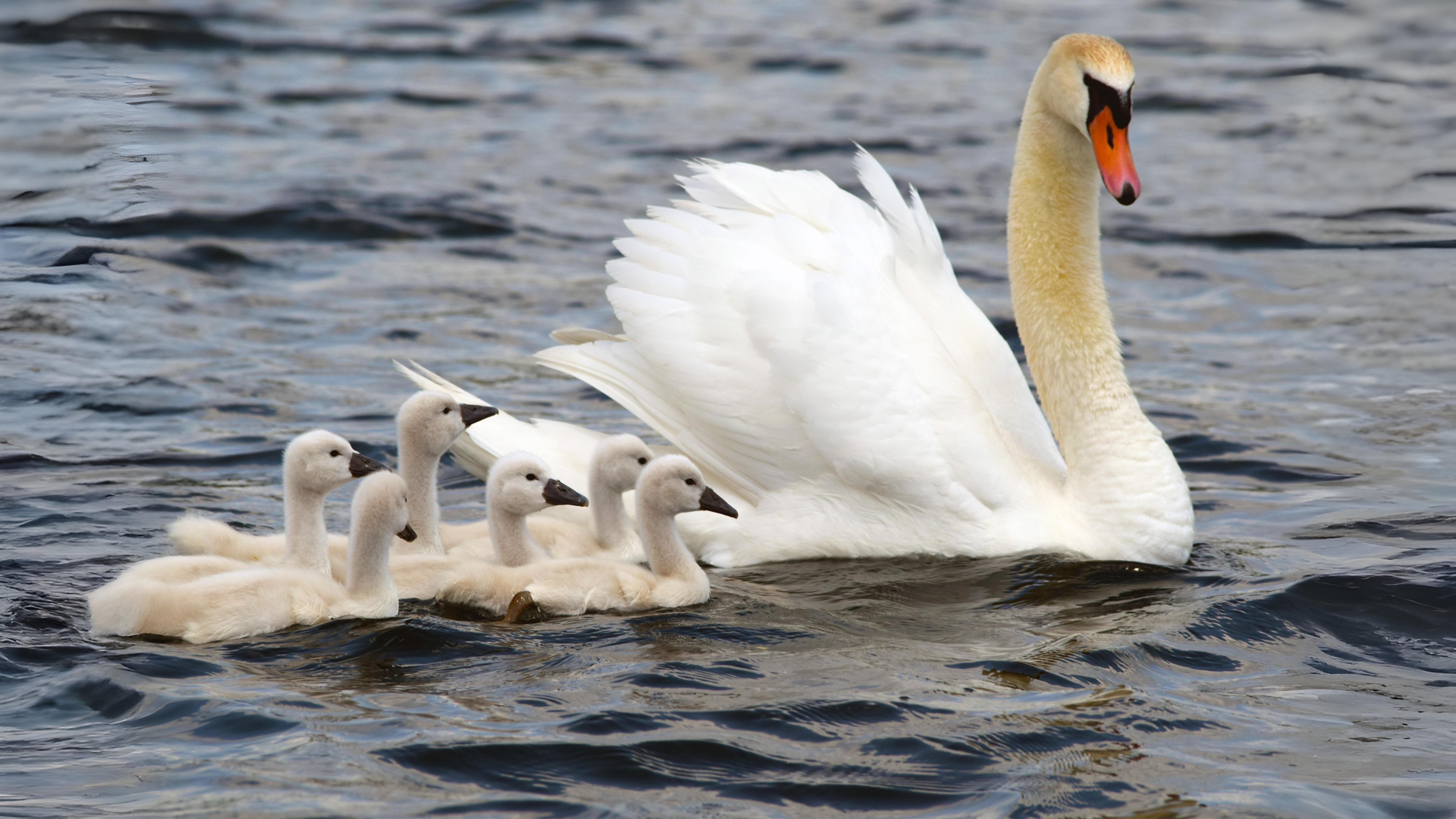

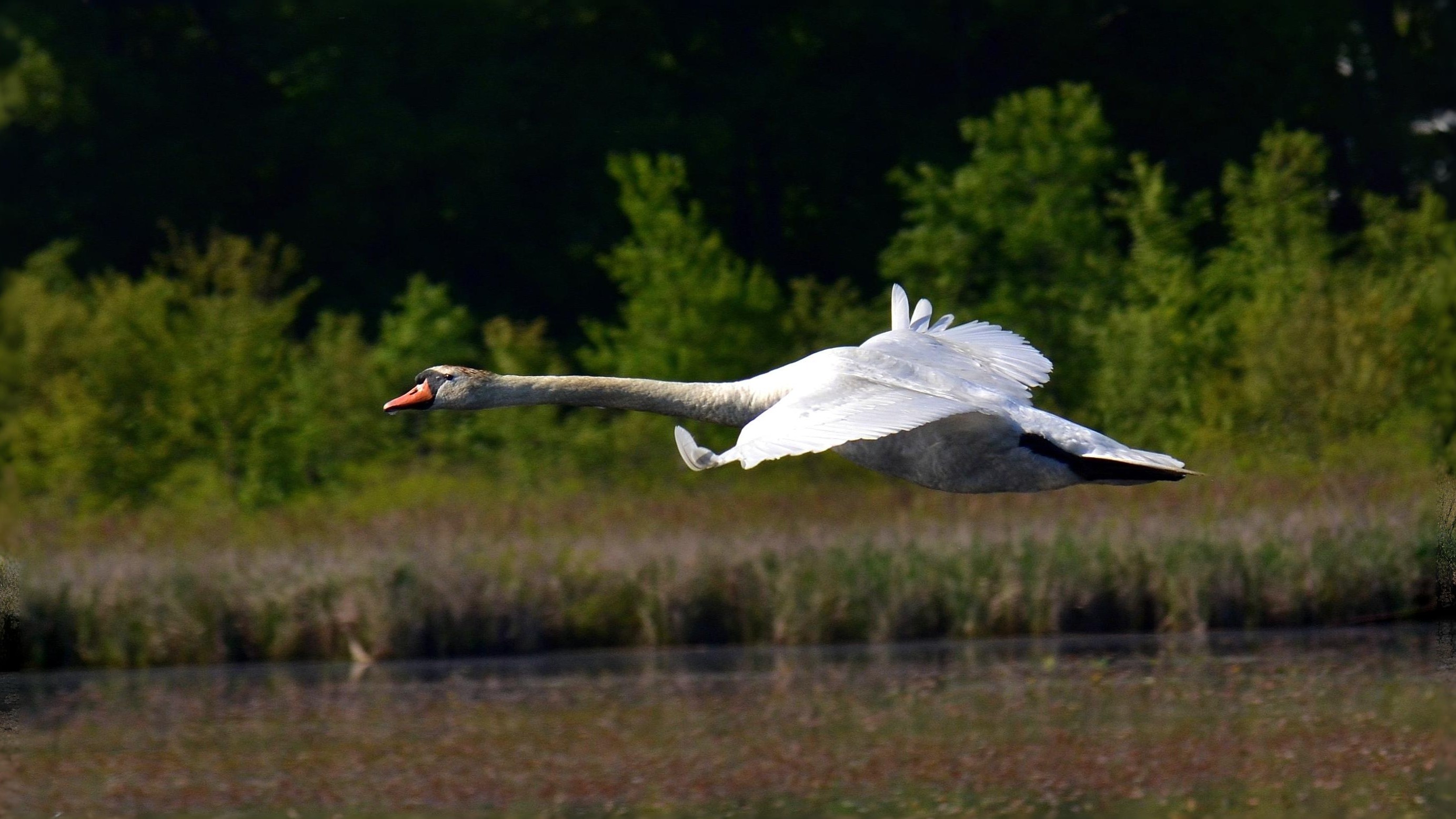

Hempnettles tend to look like hairy deadnettles. The common hempnettle Galeopsis tetrahit is widely distributed in London. One of the beauties of the group is the red hempnettle G. augustifolia which was an old cornfield weed and is now very scarce.
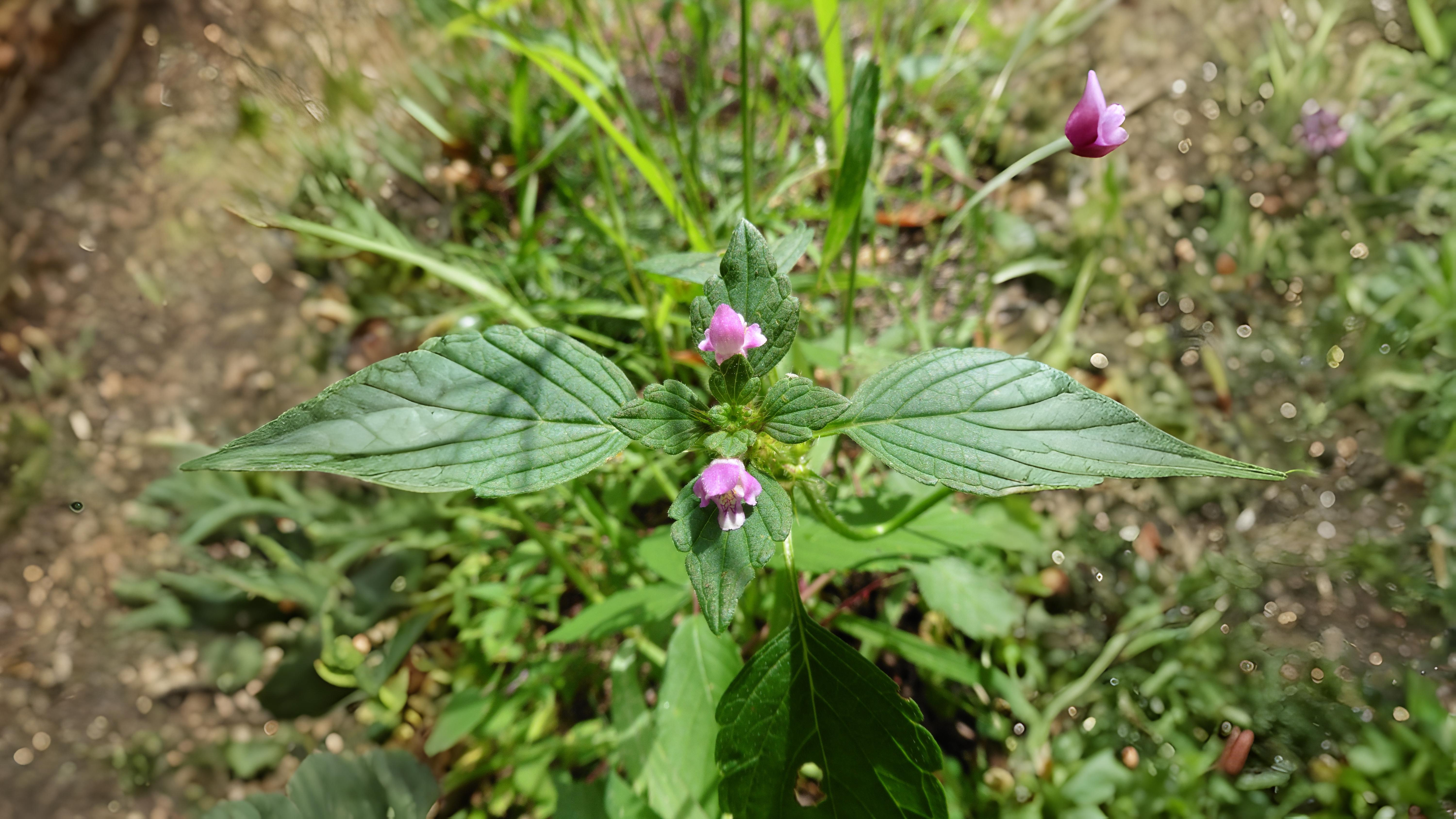

Of our woundworts, hedge woundwort Stachys sylvatica is the most common. It can be found in almost every part of London. Woundworts got their name because they were used to staunch blood flow, especially from scythe and stab wounds.
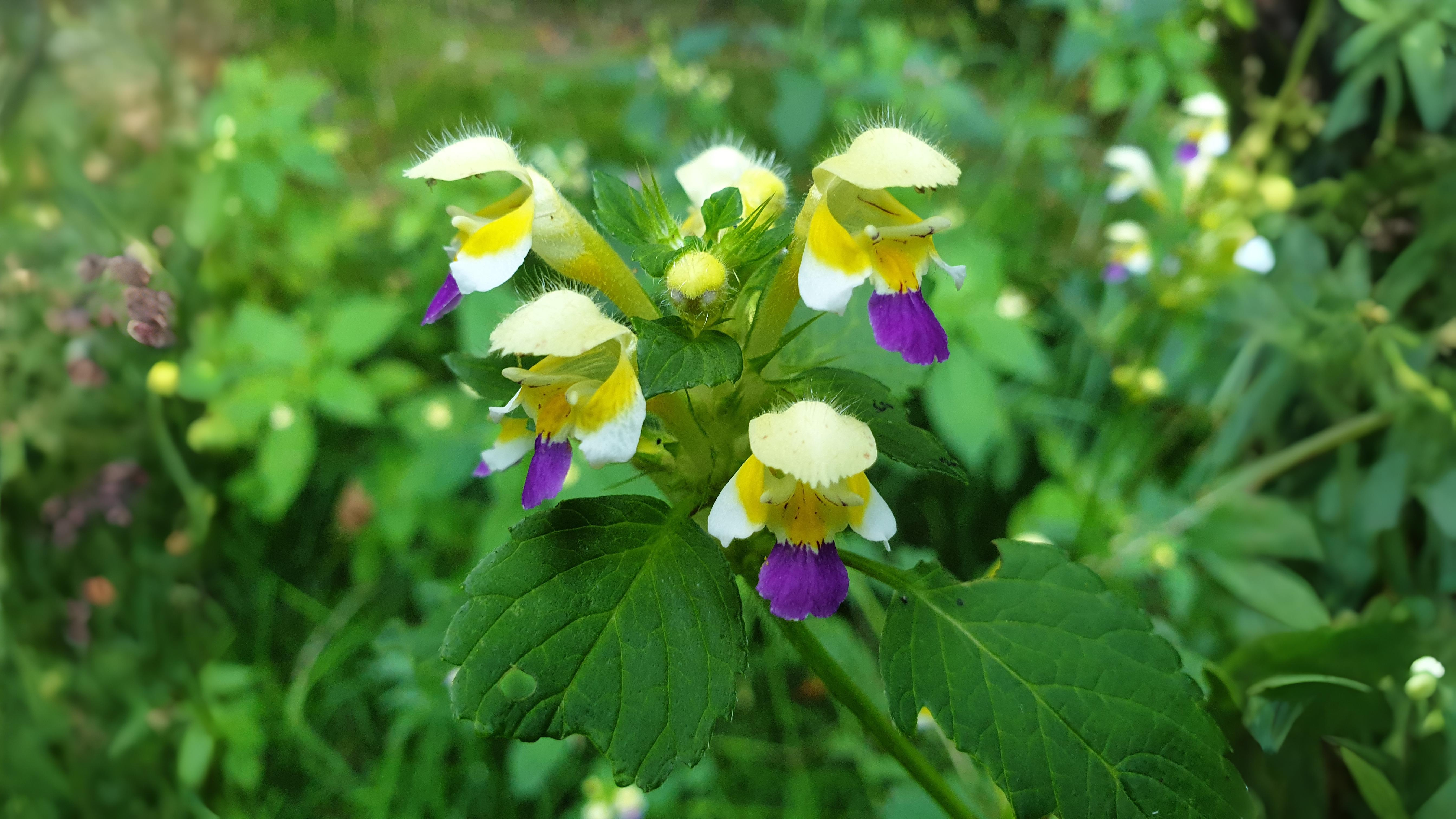

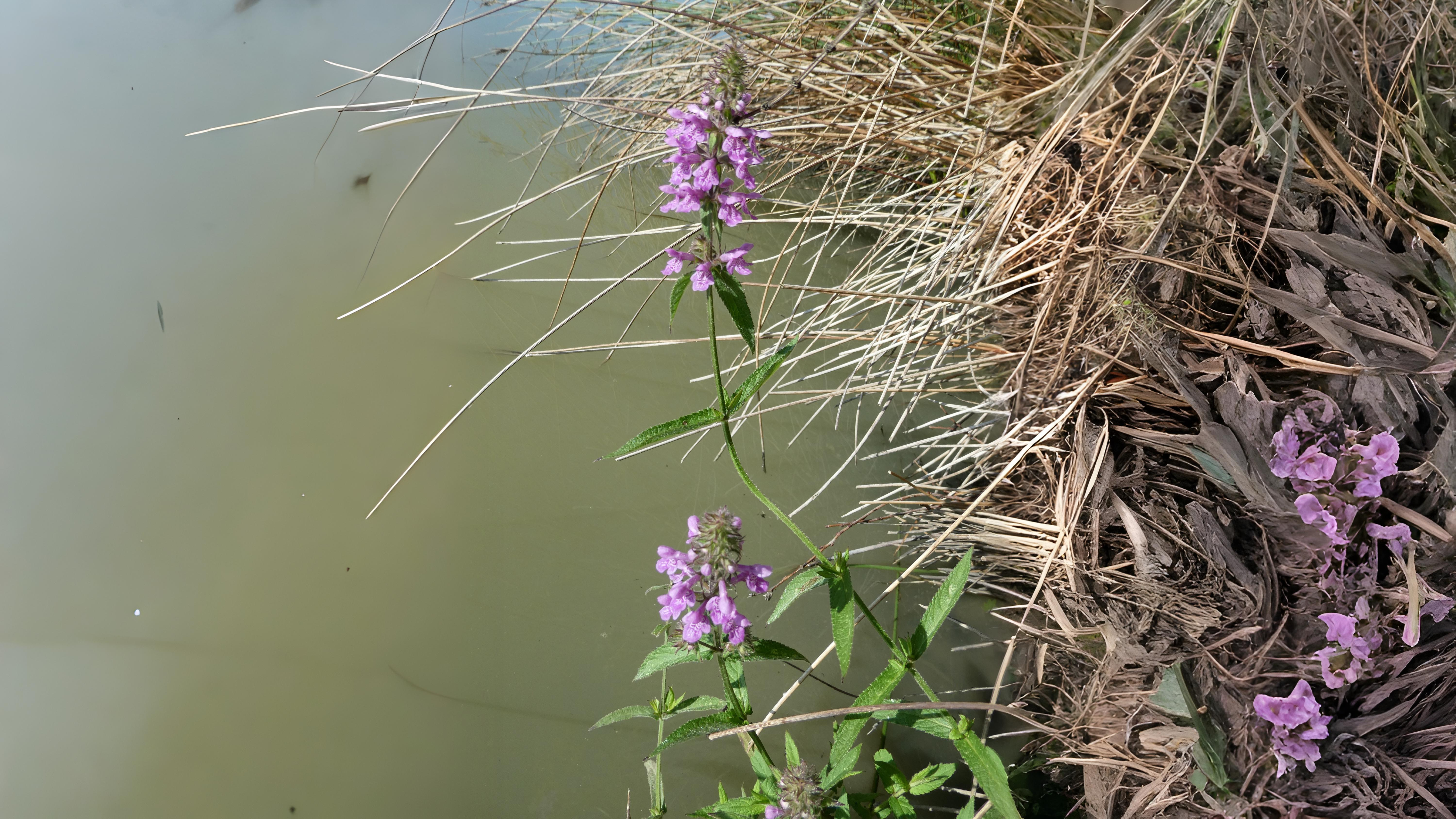

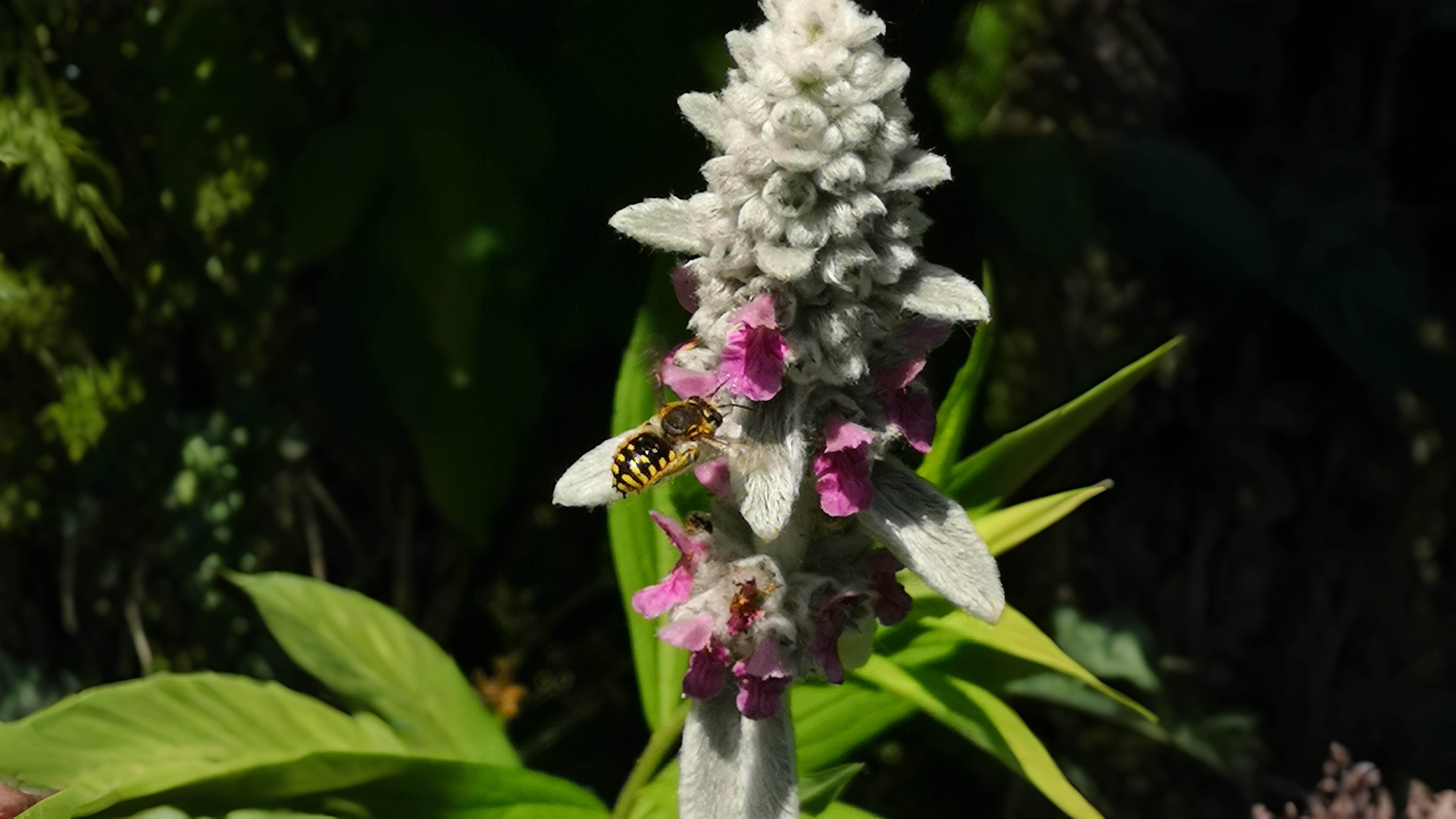



Calamints were much more famous in ancient times, when they were thought to be one of the few protections other than a mirror against the basilisk. The basilisk was the king of serpents, hatched by a snake from a cock’s egg. A mere glance from this formidable creature or even a hint of its breathe were both considered fatal.
